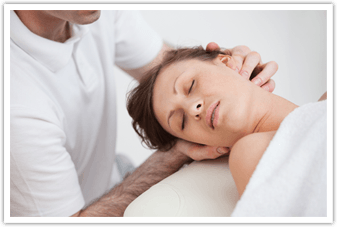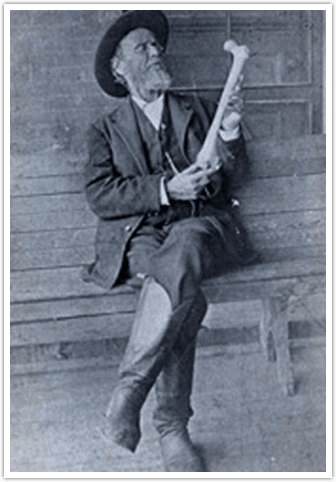 The World Health Organization (WHO) defines Osteopathy as a manual therapy which treats the body as a whole, the individual in his entirety, and searches for tissue damage – whether joint, muscular, ligament or visceral. WHO acknowledges the osteopathic proposition that “the entire body if adequately nourished is capable of maintaining, repairing and healing itself.”
The World Health Organization (WHO) defines Osteopathy as a manual therapy which treats the body as a whole, the individual in his entirety, and searches for tissue damage – whether joint, muscular, ligament or visceral. WHO acknowledges the osteopathic proposition that “the entire body if adequately nourished is capable of maintaining, repairing and healing itself.”
The osteopathic profession has seen exponential growth as the role of an osteopath is being increasingly accepted into the healthcare model of today. Osteopathic therapy, called osteopathic manipulative treatment (OMT), refers to an array of manual techniques and is frequently combined with other treatment or advice, for example on physical activity, posture, or nutrition
History of Osteopathy

In the late 1800s, Andrew Taylor Still, an American frontier doctor working in Missouri, recognized the significance of living anatomy in health and disease. He reasoned that optimal health was possible when all cells and tissues of the human body function together in ‘harmonious motion’.
Furthermore, he suggested that disease could have its origin even in slight structural deviation from normal. He set to prove that by treating the body with hands he could restore health in his patients. Dr. Still named his innovative manual therapy Osteopathy.
Today osteopathic medicine shares many of the same goals as allopathic medicine but differs in placing emphasis on the interdependence of structure (anatomy) and function (physiology).
Osteopathic treatment aims to improve health across all body systems and treats the individual rather than a disease. The misalignment of the musculoskeletal system may lead to disease due to obstruction of bodily fluids, principally, the blood and the lymph. An objective of osteopathic treatment is to achieve the optimization of vital body functions by activating its inherent self-healing ability.
Dr. Still articulated a set of principles that have continued to guide the Osteopathic profession into the present.
A human being is a dynamic unity of body, mind, and spirit.
Structure (anatomy) and function (physiology) are interrelated at all levels.
Unimpeded flow of body fluids (lymph and blood) is essential to health.
Given support, a body is capable of self-healing.